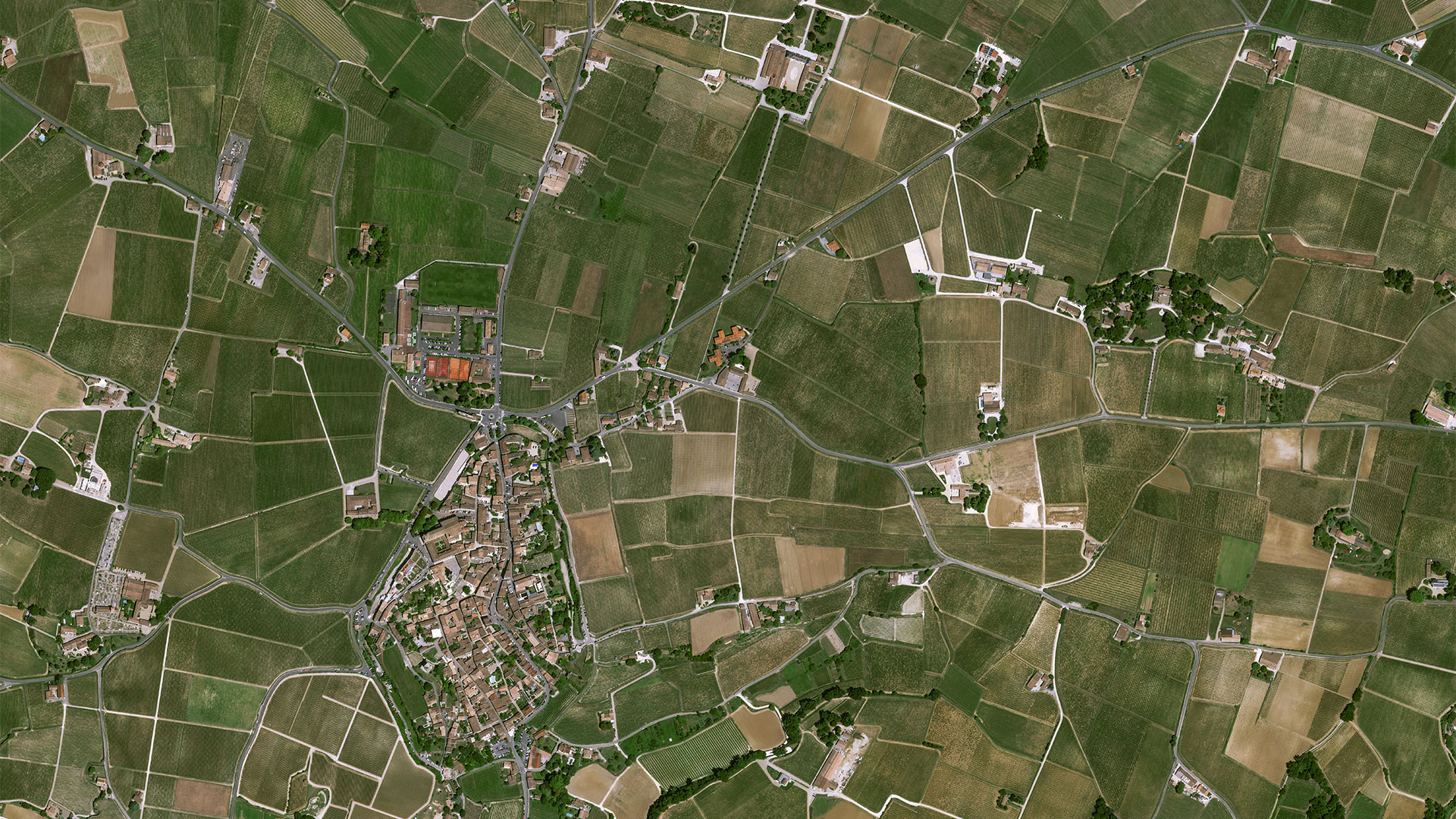Innovative services for resilient farming practices
Food, regional planning, preservation of the environment and biodiversity, development of economic activity in rural areas... Agriculture is a particularly strategic sector, at the crossroads of many issues. All over the world, farmers are having to adapt to new climatic conditions, while at the same time doing everything they can to combat this major disruption and its impact.
On Friday 15 December 2023, the 11th Quarterly Meeting of the SCO France welcomed three projects on this theme. From the remobilization of wasteland to the carbon stored in intermediate crops and water management, they showed just how much satellite data can be used to provide relevant tools to help farmers and farm managers.
If you have any questions about this quarterly, write to us here.
SCO Friches Agricoles (Agricultural wasteland)
By Olivier Queyrut (CNES Lab'OT) and Bertrand Richard (Safer Occitanie)
The development of agricultural wasteland is a powerful lever for promoting food sovereignty, maintaining biodiversity and storing carbon. Developed in the Occitania region (France), SCO FrichesAgricoles has automated the remote sensing of wasteland to establish an essential inventory.
To remember
- All the data used is available free of charge: Sentinel-2 and SPOT 6/7 satellite data, IGN databases and cadastral reference systems.
- The solution is based on 3 pillars:
- Gathering ground truth via the Vigifriches mobile app
- Production of an inventory of brownfield sites detected by the WASABI algorithm (already a 65% success rate)
- The development (in progress) of the Vigifriche web interface with numerous maps, multi-scale summary sheets and various functions including data export.
- The method has been stabilized, with a high-performance, generic algorithm. The solution will shortly be presented to the French Ministry of Agriculture and Food Sovereignty.
By Eric CESCHIA (CESBIO) and Bernard Thumerel (E2L)
Developed as part of the Low Carbon Label implemented by the French Ministry for Ecological Transition, the QUANTICA project uses spatial data to improve the quantification of carbon stored in soils, particularly through intermediate crops.
To remember
- The Quantica modelling tool, which combines models from CESBIO and Arvalis, produces results that can be used to improve the Low Carbon Label method and go beyond the carbon footprint;
- New types of cover set up and validated;
- A Living Lab-type approach to involve farmers and build a service offering that meets their needs;
- This approach has everything it takes to win consensus at European and even international level.
By Michel Le Page (CESBIO) and Mohammed Faouzi Smiej (CRTS)
In semi-arid regions such as Morocco, water is a scarce resource, used sparingly. Faced with the rapid expansion of irrigated agriculture, Morocco's Royal Centre for Remote Sensing (CRTS) has joined forces with CESBIO to support the optimum, rational use of agricultural water.
To remember
- The two partners are combining their approaches (IRRISAT from CRTS and SAT'IRR from CESBIO) to produce indicators and advice on water productivity by combining spatial data, field data and analysis support;
- Generated maps:
- Water consumption (evapotranspiration)
- Biomass
- Soil moisture at the root zone
- Crop maps
- The system generates products (and summaries) at different spatial and temporal scales to meet the needs of the various water stakeholders:
- To farmers: short-term (10 days) plot-based products
- To farm managers: products on an irrigated perimeter, over the medium term (season, 6 months)
- To planners: produced on the scale of a catchment area, over several years (30 years)



